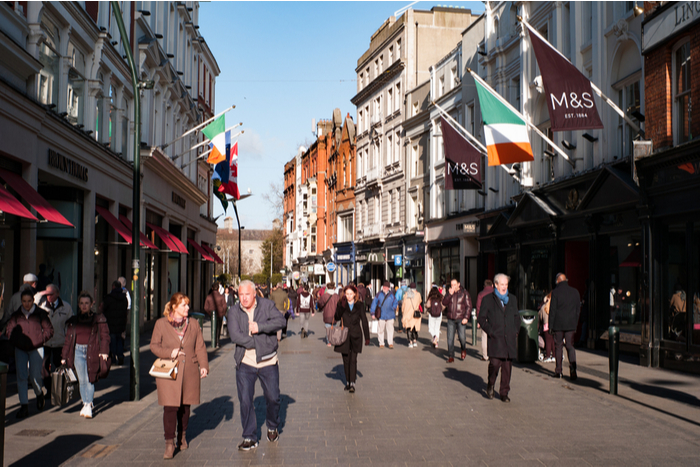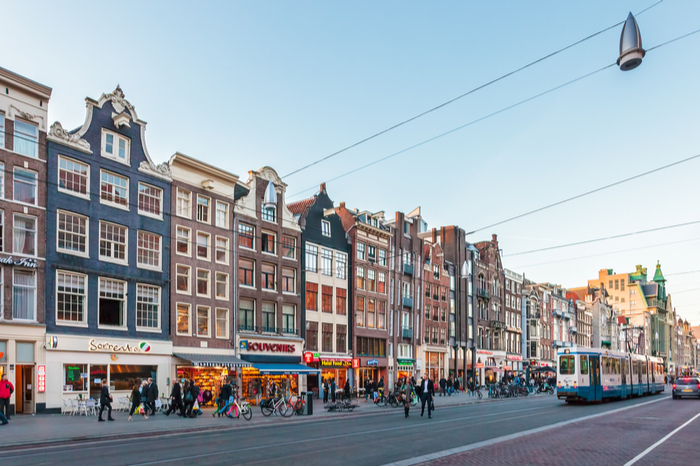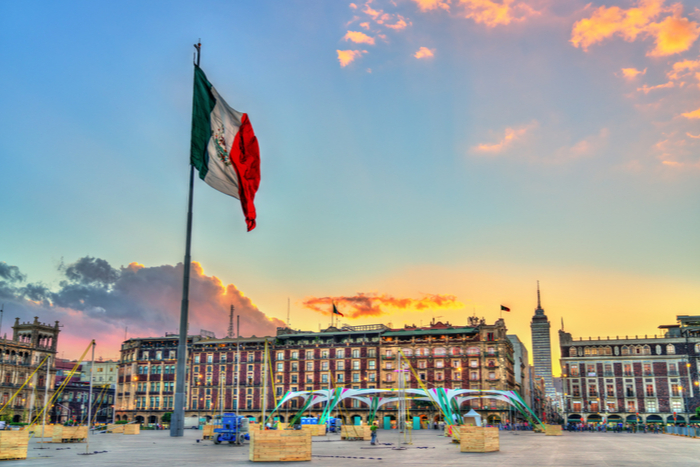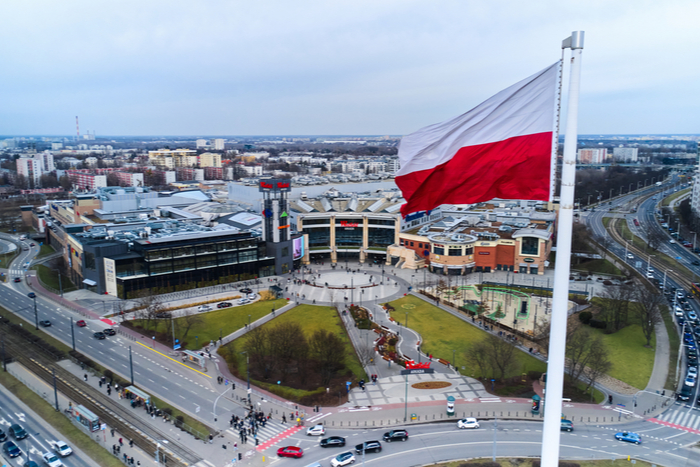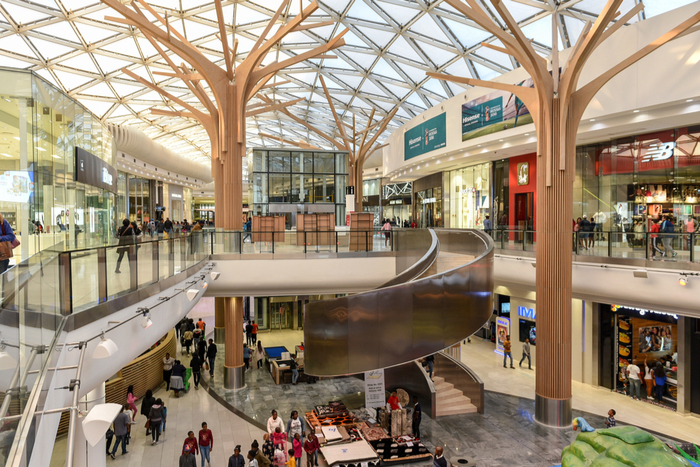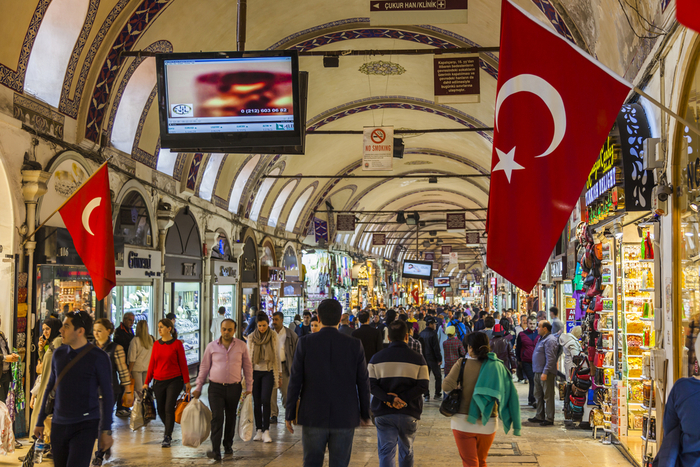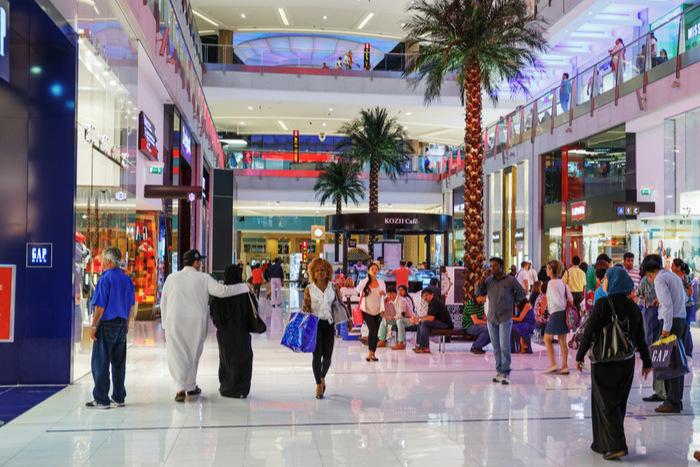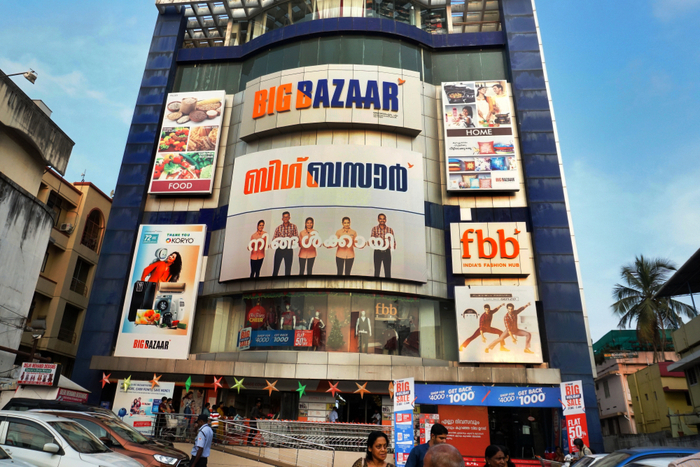Retail is a critical sector in the Irish economy, especially since it is the country’s biggest private sector employer.
In the last decade, the Irish retail landscape has been transformed by increased competition, changing consumer behaviours, and accelerating technology innovation.
According to Retail Ireland (IBEC), the association which represents Irish retailers, the sector contributes €30 billion in total sales and 14 per cent of national employment.
Given this significant economic contribution, IBEC it was essential that Irish retail retains its ability to grow, create jobs and deliver value and choice to Irish consumers.
A 2020 report by Deloitte found that retail is Ireland’s largest industry and the largest private sector employer, employing almost 300,000 workers – with three in four of those employed based outside of Dublin.
Some of the biggest Irish retailers include Dunnes Stores, Penneys, SuperValu, Centra, Donnybrook Fair, and Smyths.
Retail sales increased by 3.3 per cent in June this year compared to May on a seasonally adjusted basis. On an annual basis, retail volumes were 10.6 per cent higher than in June last year. The retail sales figure for June this year was 13.4 per cent higher when compared to two years earlier, before the Covid-19 pandemic, according to Central Statistics Office’s Retail Sales Index.
The sectors with the highest annual volume increases were books, newspapers and stationery, which were up 46.8 per cent, clothing, footwear and textiles, up 42.6 per cent and department stores, up 37.7 per cent.

Non-essential retailers were allowed to reopen after the first nationwide lockdown on June 8 last year, where access at street level was possible. Shopping centres reopened shortly after on June 15.
In June this year, all retail was open again after yet another nationwide lockdown, while bars were allowed to trade outdoors for the entire month.
The retail sector has been a vital part in the Irish recovery since the global financial crisis more than 10 years ago, and a strong barometer of consumer confidence.
In recent years, Irish retail has experienced significant and fundamental disruption with the shift to online shopping being a major catalyst.
The pandemic has exacerbated concerns, resulting in lengthy closures of non-essential retailers and social distancing requirements for those allowed to remain opened.
The Covid-19 budget in October last year saw the Irish government implement a series of welcome measures to assist liquidity, protect employment and stimulate the economy in unprecedented times.
Richard McGuinness, chief revenue officer at ecommerce customer service specialist eDesk, said there was a significant and constrained demand for retail in Ireland.
“Many retailers are somewhat dependent upon tourism, which has been another victim of the pandemic, and office workers making purchases during lunch breaks or on their way home,” he said.

Lucy Ingram, retail analyst at Institute of Grocery Distribution (IGD), said the Irish grocery retail market was forecast to grow by 2.5 per cent from 2020-2022, which equates to a significant £1 billion in additional sales.
“Since the beginning of the pandemic, online grocery shopping in Ireland has been particularly strong, more than doubling in a year,” she told Retail Gazette.
“We’re expecting the positive momentum gained in 2020 to continue, but growth will be slower as shoppers head back into stores.
“The discount channel continues to grow, driven by Aldi and Lidl opening new stores. As we head into a period of economic uncertainty, we expect to see shoppers adopt more savvy behaviours, and the discounters to benefit from this.
“Convenience stores saw a mixed performance during the pandemic. While they benefitted from shoppers looking for convenient options close to home, ‘food-to-go’ suffered due to lack of demand and lower footfall.
“Supermarkets will remain the largest channel by sales to 2022.
“However, longer term, they will continue to lose market share to discount, convenience and online as these channels continue to innovate and grow.”
According to Kantar, Irish households were still spending an extra €200 on take-home groceries in the 12 weeks to July 11, despite the return of hospitality.
“Between Covid-19 and Brexit, Irish retailers are being forced to rethink their strategy”
Grocery market sales declined by 5.9 per cent during the period. In the most recent four weeks, sales dipped by 3.6 per cent as Irish shoppers enjoyed warmer temperatures, renewed freedoms, and the return of live sport.
While the market is in year-on-year decline, sales remain strong compared with pre-pandemic times and the average household spent €189.98 more in the latest 12 weeks than the same period in 2019.
Kantar retail analyst, Emer Healy, told Retail Gazette that the Euros 2020 “provided a welcome excuse to head out to newly reopened pubs and restaurants and reconnect with friends and family”.
“It meant take-home sales of classic pub snacks like crisps and nuts fell 1.6 per cent and 2.9 per cent respectively compared to the previous four weeks, and supermarket alcohol sales dropped by 1.5 per cent,” he said.
“We’re not back to normal just yet though – with indoor hospitality still closed, shoppers spent €58.9 million more on take-home alcohol than before the pandemic in 2019.
“The weather has been kind to us for once, allowing people to make the most of alfresco dining this month. They’ve wisely been stocking up to protect themselves while sitting outdoors and have caused sales of sun cream to rocket 70 per cent year on year.
“Getting out and about more also means a little less time spent cooking meals from scratch at home.
“In the latest four weeks consumers spent €4.8 million more on chilled convenience items like pizzas and prepared salads and €2.4 million more on chilled ready meals – a reversal of the behaviour we saw throughout national lockdowns.
“With the vaccine rollout continuing and more restrictions lifting, we’re seeing a shift in one of the biggest trends of the pandemic in the online grocery market.
“Online sales dipped by 6.1 per cent in the latest four weeks as shoppers reduced the size of their orders.
“This trend is most pronounced in urban areas where shoppers have more options to pop to local shops – online sales dropped a much bigger 24 per cent in Dublin this month.
“It’s an early indication that city and country may move out of the pandemic slightly differently.
“SuperValu continued to hold the biggest share of the grocery market at 22.3 per cent during the past 12 weeks.
“The retailer attracted its customers into store 20.9 times on average over this period, the highest frequency among the grocers.
“Tesco accounted for 21.2 per cent of grocery sales this period, holding its spot as the second largest retailer.
“The grocer won new shoppers and encouraged more frequent trips which contributed €8 million and €46.6 million to its takings respectively.
“Dunnes captured 21.1 per cent of the grocery market this period, as it also welcomed new shoppers and encouraged existing shoppers to return to store more often.
“Dunnes continues to achieve the highest spend per buyer out of the retailers and its average household spent €558.64 in the past 12 weeks.
“Lidl achieved a record breaking 13.1 per cent market share this period and was the only retailer to convince its customers to spend more on branded products than last year.
“Aldi held 12.5 per cent of the market, welcoming new shoppers in store that contributed €7.5 million to its tills.”
McGuinness said one of the greatest challenges facing Irish retail was undoubtedly the supply chain and shipping issues.
“Between the Covid-19 pandemic and Brexit, retailers are being forced to rethink their strategy completely,” he told Retail Gazette.
“The average Irish consumer prioritises quality, price and service”
“Crippling shipping delays mean it’s crucial for Irish retailers to diversify their supply chain, seeking out local sourcing or manufacturing to create a more agile process and allow for fluctuations.
“The debate around climate change and the rise of the conscious consumer means that the demand for purpose-driven organisations is increasing rapidly.
“The average Irish consumer prioritises quality, price and service, while age is at a relatively young 37.8-years-old.
“With this in mind, there’s no better way for a retail business to communicate their value proposition than through feedback from existing shoppers to win new customers.
“As Ireland remains a member of the EU, international retailers have access to a larger market.
“Beyond this, the Irish tax system is much more favourable in comparison to other countries, offering global businesses numerous financial incentives when launching.
“Both Ikea and Decathlon have enjoyed notable success since launching into the Irish market.
“Despite these success stories, some traditional retailers have struggled to move with the times and confront the challenge of selling online, despite the rise of ecommerce being evident well before the pandemic.
“Shifting towards an online business model has enabled many brands to differentiate themselves in an increasingly competitive retail environment.
“Unfortunately, Debenhams, House of Fraser and Topshop are unfortunate examples of retailers that failed to pivot to a multi-channel strategy and paid the ultimate price.”
Click here to sign up to Retail Gazette‘s free daily email newsletter

